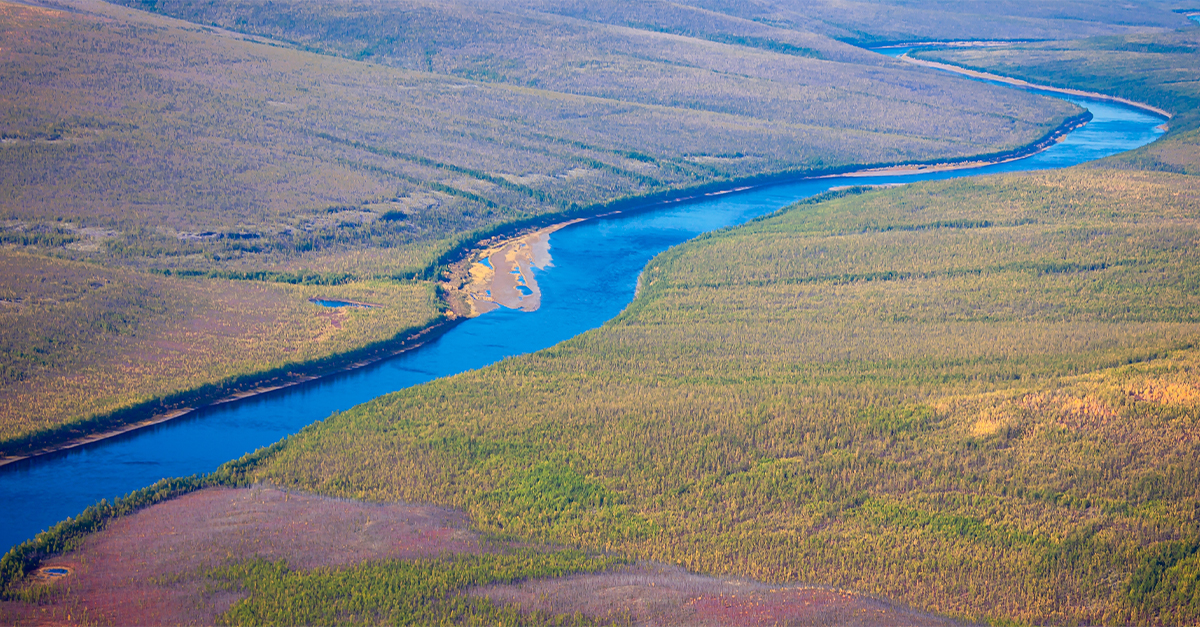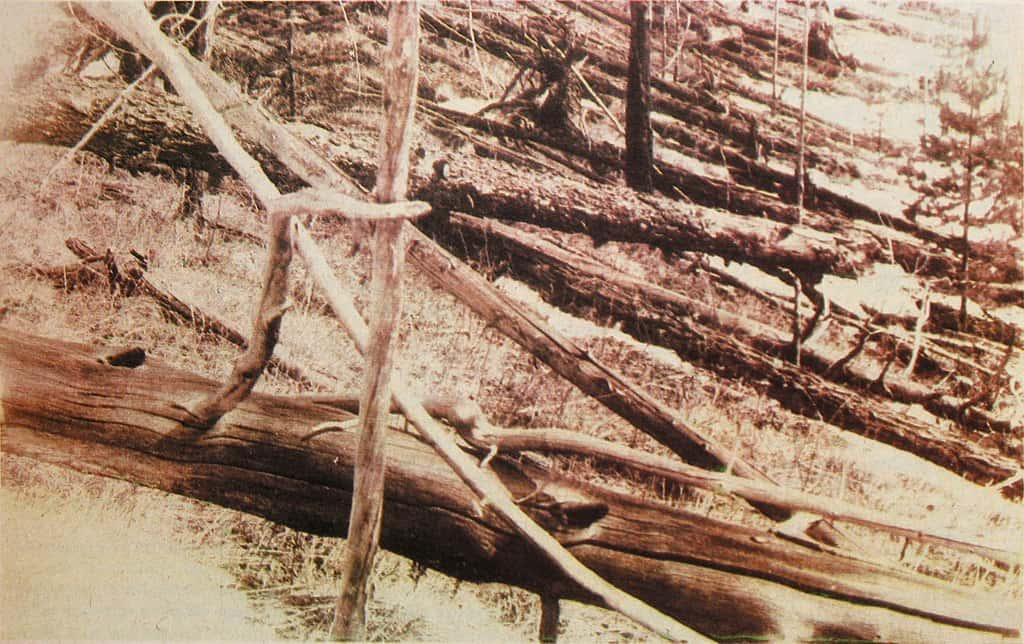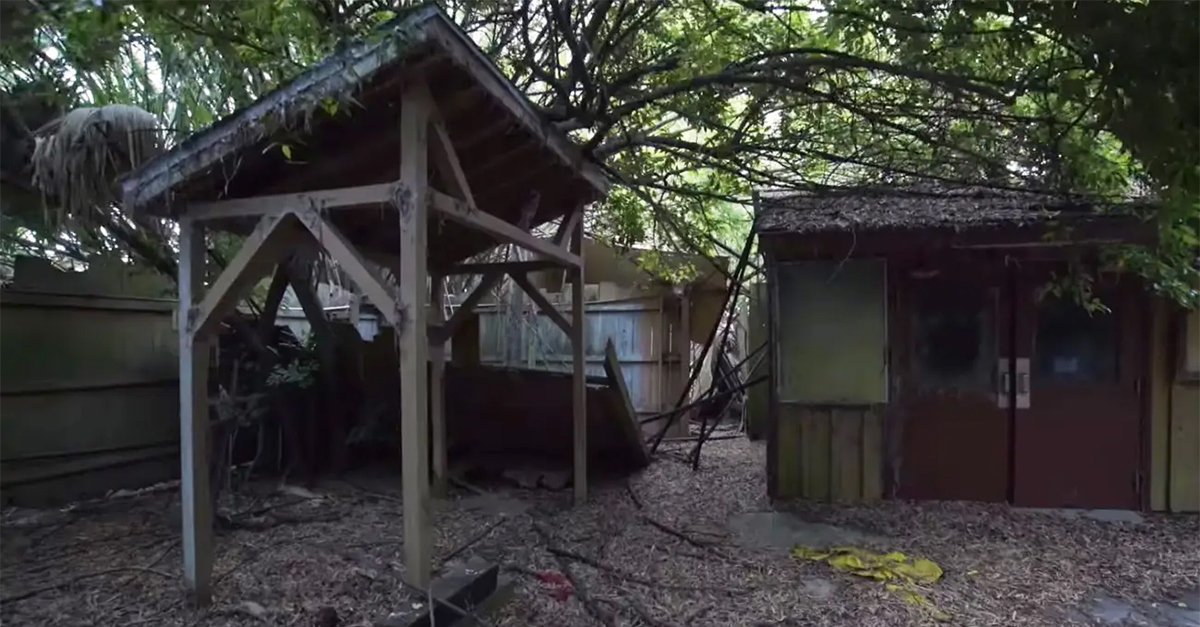On June 30, 1908, the sky over Siberia erupted in an enormous blast near the Podkamennaya Tunguska River. The explosion flattened roughly 830 square miles of forest, knocking down 80 million trees. It left no impact crater. Seismic and atmospheric shockwaves were recorded around the world. To this day the event is the largest impact in recorded history.
An Extraterrestrial Airburst
Researchers now agree that the Tunguska explosion was almost certainly caused by a meteoroid—perhaps an asteroid about 50 to 60 meters in width. As it entered the atmosphere at high speed (around Mach 80), it exploded at an altitude of 5 to 10 kilometers. This mid-air blast unleashed energy equivalent to 3–15 megatons of TNT, roughly on a level with a thermonuclear device detonation.
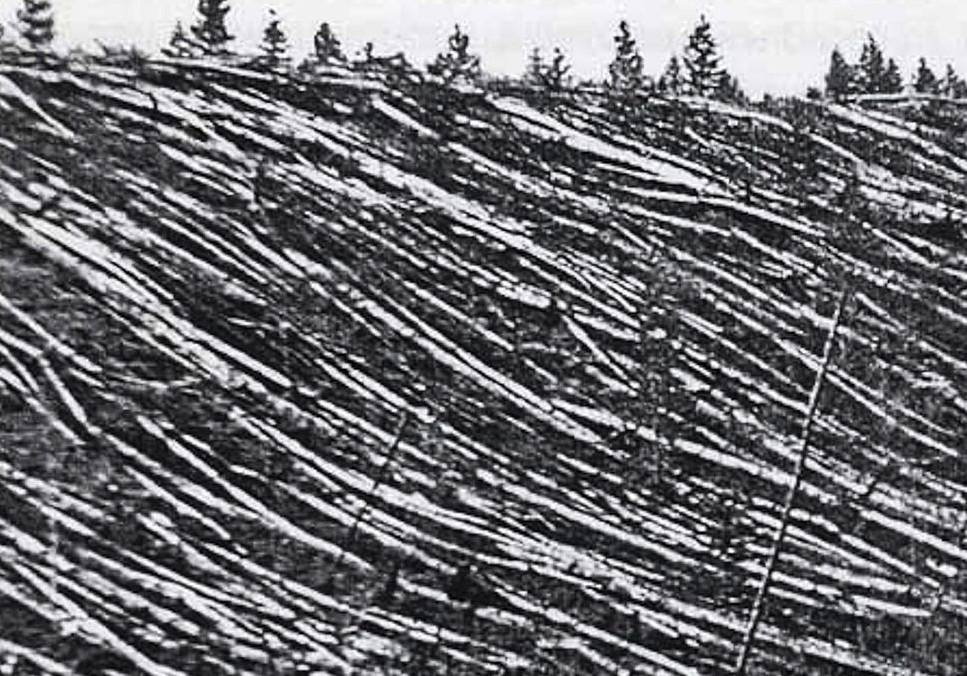 Universal History Archive, Getty Images
Universal History Archive, Getty Images
Trees Shredded Like Toothpicks
An immense downward shockwave hammered the forest directly under the explosion, stripping branches and peeling off bark. A horizontal wave then moved out along the ground, flattening trees in a radial “butterfly” pattern. The two-phase collapse is consistent with an explosive mid-air burst, not a ground impact.
Asteroid Or Comet?
At first, some scientists proposed a comet origin because of the fiery skies witnessed across Europe. But later soil and tree resin studies found nickel, iridium, and silicate spheres, which all indicate a rocky asteroid body. A 2001 statistical study settled on an 83% probability that the flying object was an asteroid.
A Shallow Angle "Glancing" Airburst
In 2020, new computer models suggested the object entered the atmosphere on an oblique trajectory, skimmed through the atmosphere, burst apart, and then exited back into space. This new "skimming" theory explains the blast evidence and lack of any impact crater.
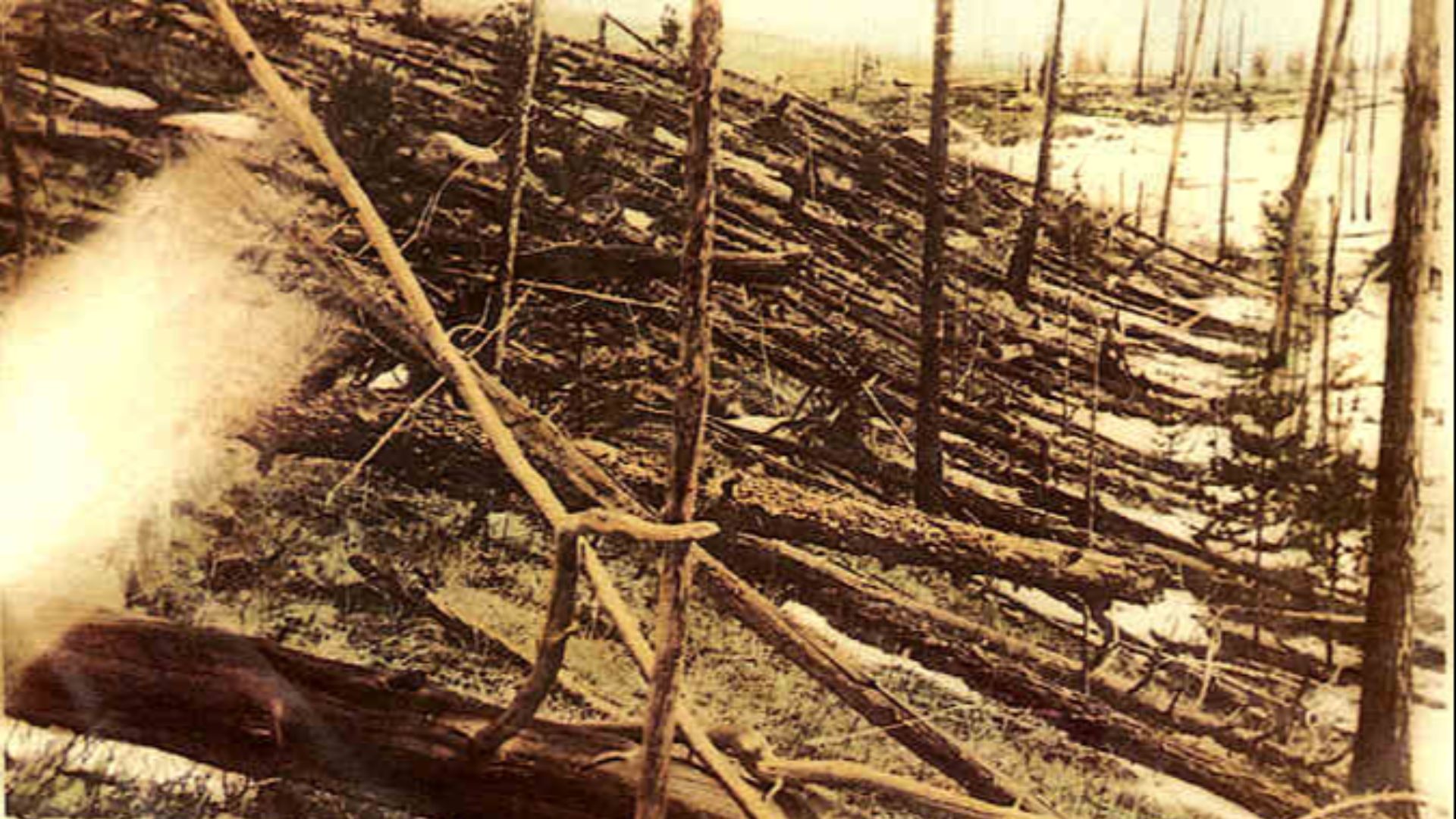 Leonid Kulik, the expedition to the Tunguska event on Wikimedia
Leonid Kulik, the expedition to the Tunguska event on Wikimedia
Updated Energy Estimates
Early energy estimates ranged from 10 to 30 megatons, but 3D simulations from Sandia National Laboratories in the United States suggested a smaller, 50 m asteroid could’ve produced a 3–5 megaton explosion. The study stressed the point that even relatively small space rocks can cause enormous damage when breaking up in the atmosphere.
Evidence From Chelyabinsk
The 2013 Chelyabinsk meteor, roughly 20 m across, exploded with 500 kilotons of energy. Data from that startling event helped refine all our models about how asteroids break apart in the atmosphere. It lent support to the Tunguska airburst estimates and showed definitively that these kinds of events happen more often than we used to think.
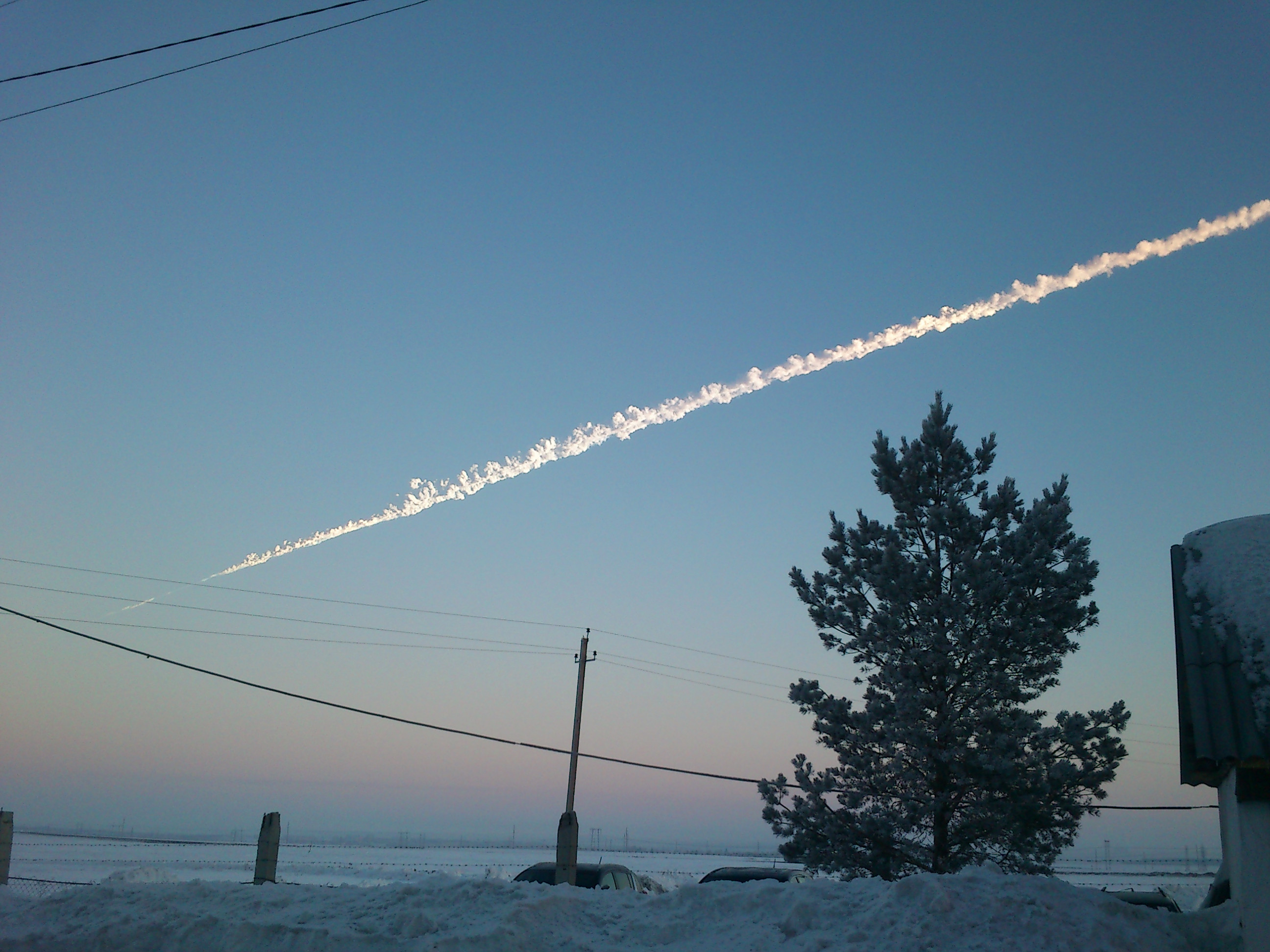 Константин Кудинов, Wikimedia Commons
Константин Кудинов, Wikimedia Commons
No Crater Or Wreckage
Tunguska’s missing crater and meteorite fragments caused speculation on everything from black holes to underground gas explosions. But chemical and tree ring analyses have confirmed again and again its origin in the black voids of outer space. A crater named Lake Cheko was proposed but this feature was later found to predate 1908.
A Worldwide Impact
Witnesses recounted a bluish fireball, a flaming pillar, and a deafening boom heard up to 3,000 km away. Many people reported a glow in the atmosphere for many nights afterward. Seismic, barometric, and optical observations taken across Eurasia were grim confirmation of the immense scale and intensity of the blast.
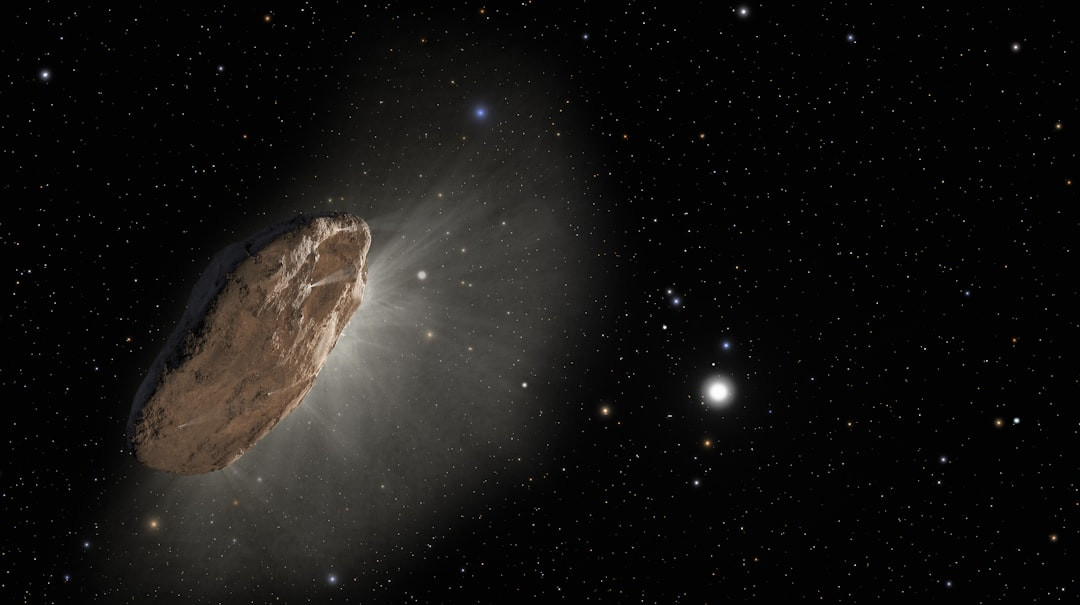 NASA Hubble Space Telescope, Unsplash
NASA Hubble Space Telescope, Unsplash
Lessons In Planetary Defense
Tunguska makes it clear that Earth is vulnerable to asteroids. This has led to modern asteroid tracking efforts, such as NASA’s Near Earth Object Program. While Tunguska-sized airbursts might occur only once every few centuries, smaller ones (like Chelyabinsk) happen much more frequently.
Research Is Far From Over
Scientists are still refining our models of how meteoroids break up and release energy in the atmosphere. Not every scientist supports the glancing-altitude burst model, but the general consensus supports a stony asteroid airburst as the best possible explanation. More research will allow us to better predict and potentially prevent future events.
Peering Into An Uncertain Future
The Tunguska event is still the most powerful explosion of extraterrestrial origin in modern history. Its ferocious power flattened forests, sent shock waves across continents, and was an alarming warning to us of the threats that are hurtling through space. Today we know a comparatively small asteroid can cause massive damage, but we also have the tools to detect them before it’s too late.
You May Also Like:
History’s Wildest Unsolved Mysteries
Chalk Is Made Of Millions Of Skeletons

